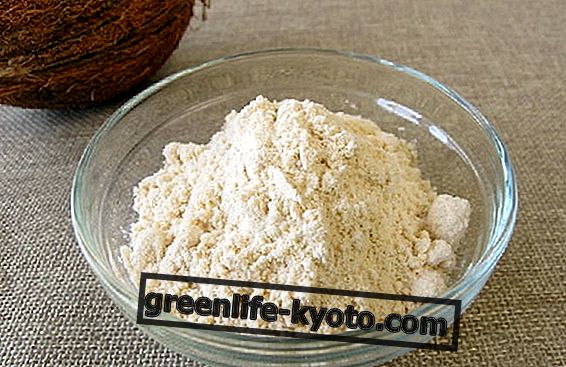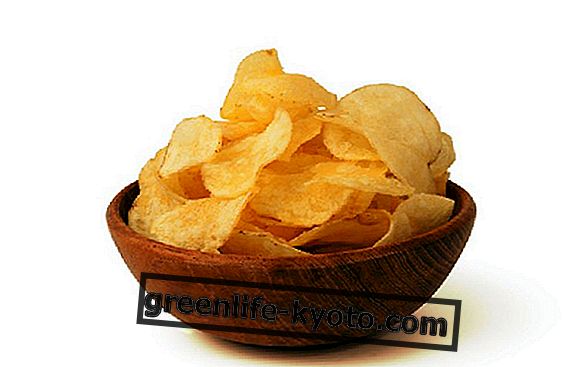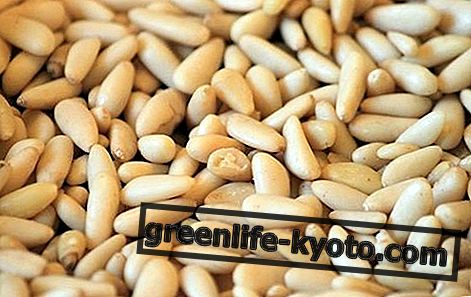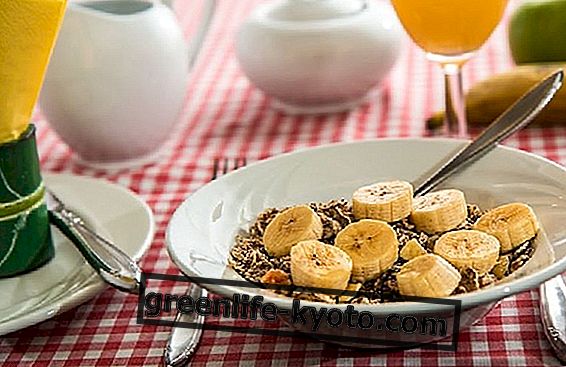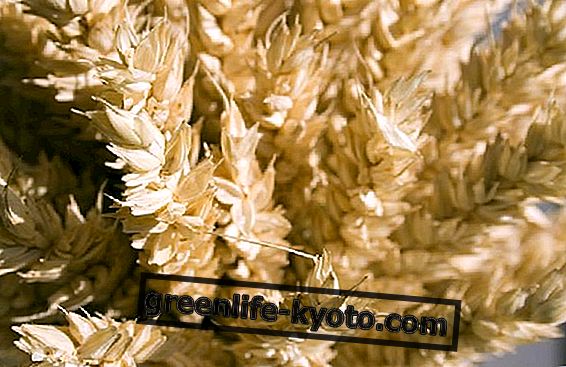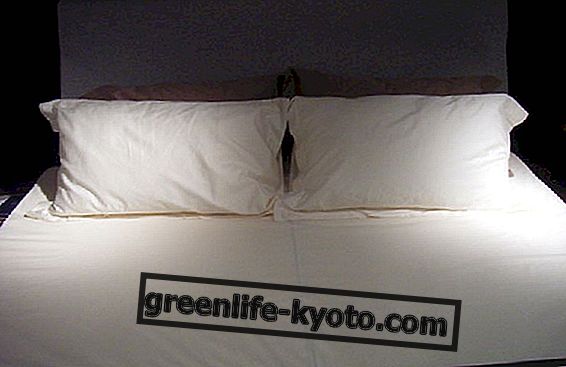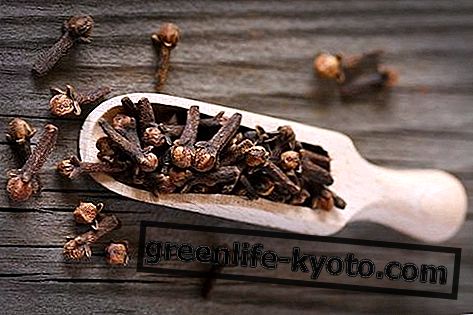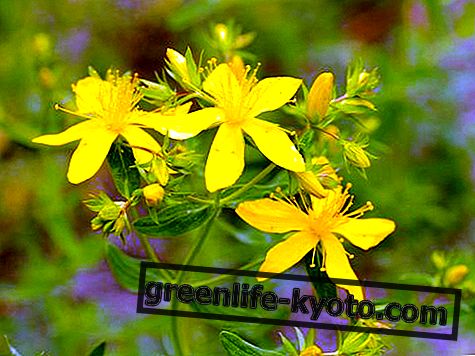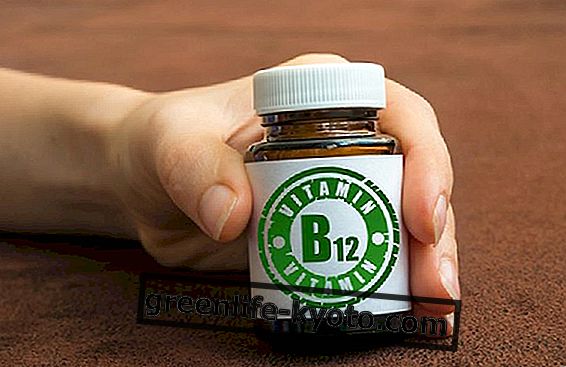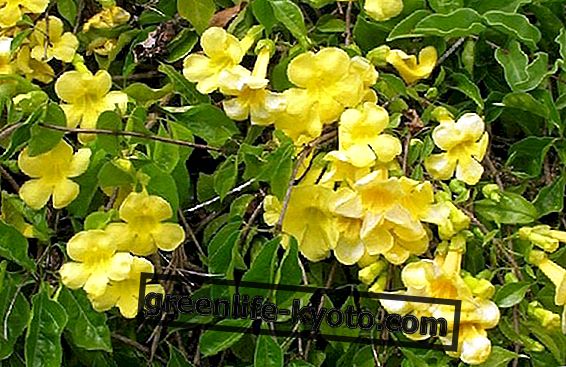
The bark of the uncaria tomentosa boasts properties already known in the Traditional Andean Medicine, which has always used its extracts to fight and prevent infections and to burn up the aching joints. The Peruvian curanderos, in fact, use it to heal wounds, ulcerations, problems related to puerperium, degenerative diseases, gastrointestinal diseases and pains .
Today western phytotherapy considers it an immunostimulant plant, extremely effective for treating first the most common colds . And not only.
The properties of the uncaria tomentosa
The immunostimulatory action of the uncaria tomentosa is conferred by the presence of pentacyclic alkaloids, which appear to be the most important components of the phytocomplex, because they induce in human endothelial cells the release of a factor activating the regulation and proliferation of B and T lymphocytes responsible for the response immune.
The uncaria is able to enhance the activity of NK cells and T lymphocytes, therefore cytotoxic cells, both specific and non-specific, seem to have an elective target, with an effect similar to that of some human interferons, capable of transforming the NK cells in the most efficient LAK cells and to enhance the activity of cytotoxic T cells. For this reason it is indicated in the treatment of allergies; to strengthen immune defenses against infections caused by vi rus and bacteria ; and in the prevention of cooling diseases of the upper airways such as fever, cough and colds.
It has evident antiviral properties, both for internal and external use, demonstrated by clinical studies conducted on patients suffering from Herpes : in 85% of the subjects the symptoms ceased in 10 days. In the case of Varicella zoster the resolution occurred in 50% of cases in 1 week of treatment. Very interesting are the studies on HIV- infected patients (in which an increase in antibodies was found at significant levels); in others suffering from cancer (where the proliferation of cancer cells has occurred); in immunodeficiency syndromes and in degenerative diseases .
Among the other active ingredients that make up the phytocomplex, the glycosides of quinovico acid are responsible for the anti-inflammatory properties, along with the sterols and polyphenols, which make it an effective remedy for anti-inflammatory and pain-relieving action, useful in the treatment of rheumatism and arthrosis, inflammatory processes, osteoarticular and muscular pains.
Plant description
Uncaria Tomentosa Wild - Rubiacee
Uncaria tomentosa is a climbing plant (a liana), which can reach a height of 3-5 m, and is present in the North-West of the tropical forest of America, in the woods with abundant light, between 300 and 800 m of altitude, mainly in the Amazon. The leaves, opposite, whole or bifid, deciduous and covered with fluff (tomentosa), petiolate, present at the base 2 or 3 hook-shaped protuberances (from which the genus Uncaria) used to sustain themselves with other species in the search for luminous zones. The flowers are yellow with calyx and funnel-shaped corolla.

